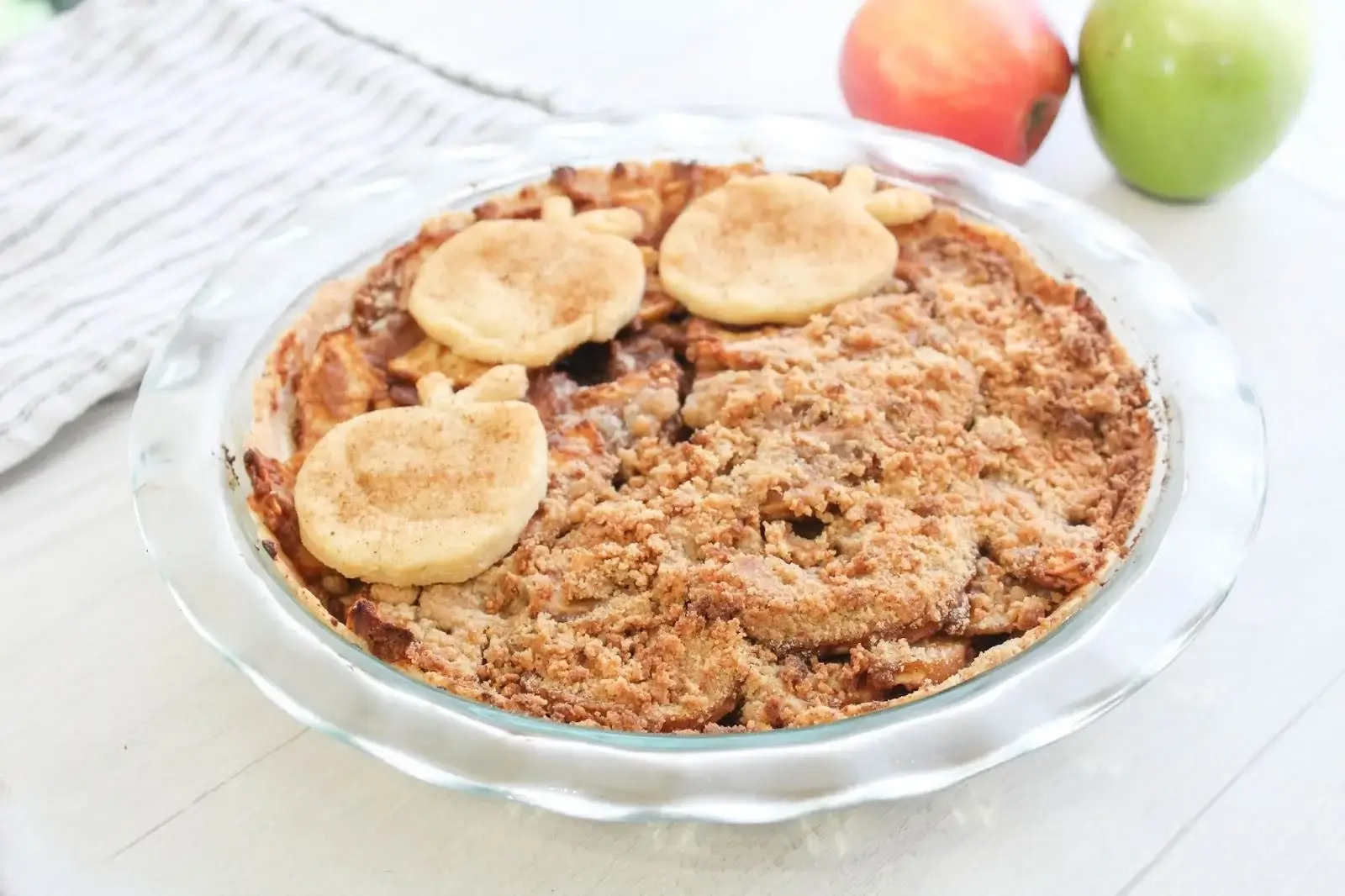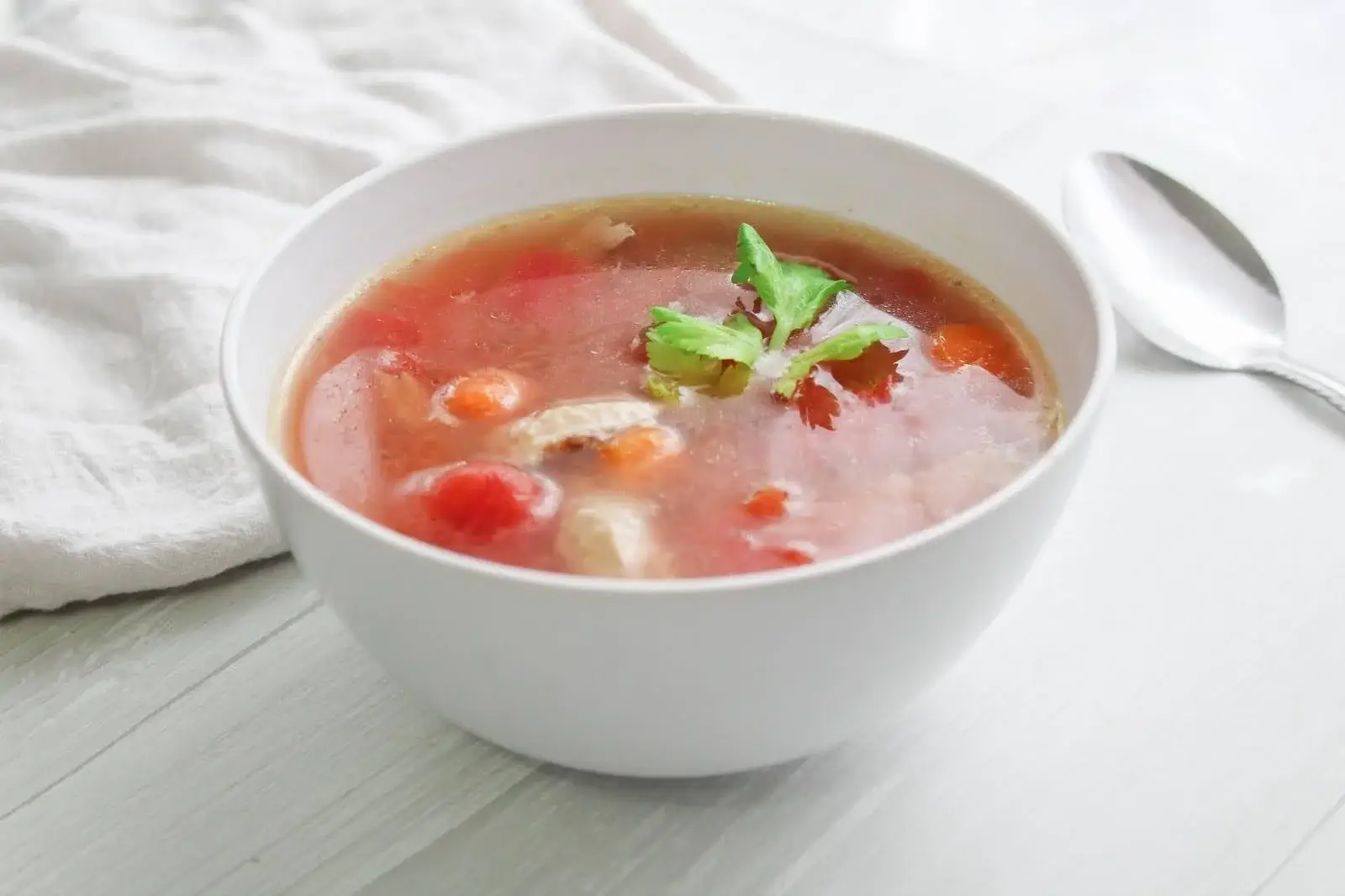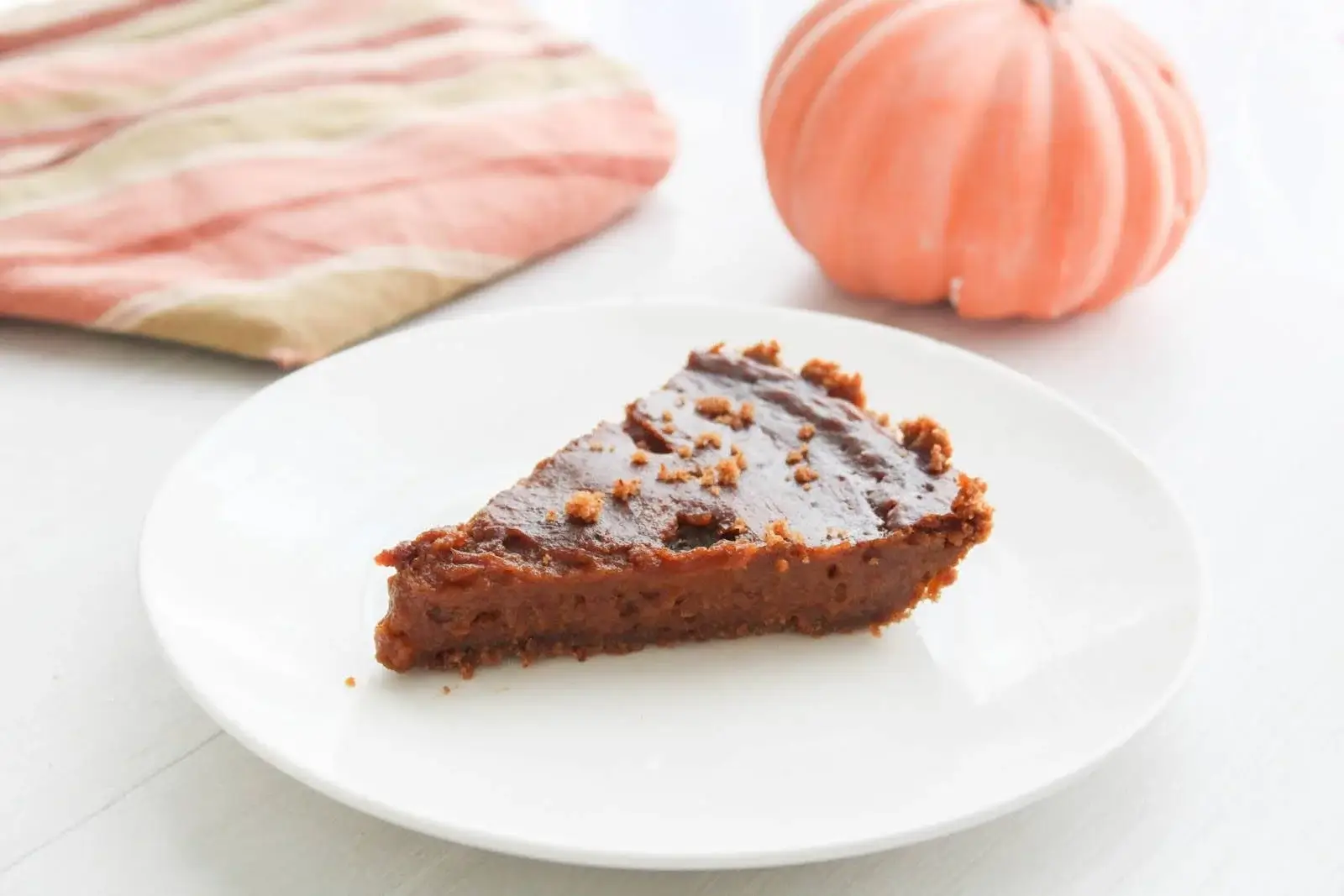My Paradise Spicy Fruit Salsa recipe contains a plethora of hot peppers and juicy fruit. This dip has a unique flavor, unlike anything you’ve ever tasted! Hot peppers are a great addition to your diet and contain many health benefits.
This recipe makes 6-8 cups, so you’ll have plenty to share with friends! When paired with gluten-free tortilla chips or organic veggies, it’s sure to be your new favorite dip. Bring on the heat!
Table of Contents:
Reasons to Eat Hot Peppers
Hot peppers are a fantastic source of nutrients, fiber, and vitamins. Their excellent benefits will bless your body! Most of these benefits come from a component called capsaicin. Some people can eat hot peppers straight, but I much prefer getting my capsaicin from this delicious salsa.
Hot Peppers and Cancer Prevention Research
Hot peppers contain a significant amount of lycopene which is proven to help prevent ovarian cancer. (1) This same component has been a subject in studies where the outcome showed that lycopene reduces the ovarian tumor’s overall size.
Lycopene isn’t the only anti-cancer component in hot peppers, though. Capsaicin can kill cancer cell lines while leaving non-cancerous cells in a good state. (2) That’s a lot of power in one pepper!
Hot Peppers Can Aid in Weight Loss Efforts
I’m sure you’ve heard of people consuming lemon juice and cayenne pepper to help lose weight. They may be onto something! Capsaicin, a central element in any hot pepper, has been proven to help people lose weight. (3)
Here’s why: Your body temperature rises when you eat a hot pepper. (4) This means that your body uses more energy to do basic things, like digesting your food. More energy means more calories burnt and decreased fat (5)
Hot Peppers Can Relieve Pain
Capsaicin is colorless, flavorless, odorless, and a pepper’s capsaicin level is directly proportionate to its antioxidant level. In other words, the hotter a pepper is, the healthier it is.
As people eat hot peppers, over time, the pain receptors on the tongue are repeatedly stimulated. In time, that person becomes desensitized to its painful effect.
Some people apply capsaicin topically to their bodies and experience pain relief. (6) It has been observed that the pain people feel when eating hot peppers can actually become quite enjoyable because spicy peppers release endorphins, or the “pleasure hormone.”
Some people believe that the ancient Aztec and Mayan civilizations considered chili peppers an aphrodisiac. The more you know!
Healthy Fruit Salsa Ingredients
This recipe contains the freshest ingredients! You’ll feel like you’re in a tropical paradise with every bite. Here’s what you need to make this recipe.
Organic Peaches: Fresh peaches add fantastic flavor to this recipe. One little-known fact about this fruit is that it can help with allergy symptoms by preventing the release of histamines. (7) In this recipe, you’re going to peel and pit the peaches before blending. Remember that peaches are one of the dirty dozen, so be sure to buy organic.
To peel a peach with little effort, dip it in boiling water for 20 seconds, then allow it to cool slightly. The skin should come off quickly!
Organic Cantaloupe: Orange-colored produce is high in a carotenoid called beta-carotene. When you consume foods high in this carotenoid, your body turns it into vitamin A. Vitamin A does everything from improving cognitive function to enhancing skin health. (8) (9)
Organic Mango: You can’t have a tropical fruit mix without adding mango! Mangos are rich in antioxidants that fight free radicals. When free radicals run rampant, they cling to your cells and cause damage. (10) This fruit is a tasty way to fight back!
Organic Strawberries: Everyone can appreciate the bright color of a strawberry. Did you know that the component responsible for its coloring, anthocyanins, can help improve your heart health? (11)? What a great reason to stock up! Be sure to buy organic strawberries as these are a dirty dozen produce.
Organic Pineapple: Pineapple is one of the best tropical fruits out there. When you consume healthy fruits like pineapple, you’re reducing your risk of macular degeneration. (12) Pineapples are also full of vitamin C, which can help boost your immune system.
Organic Coconut Sugar: Coconut sugar is a beautiful alternative to white sugar. It’s lower-glycemic than traditional sweeteners and gives this salsa a dark, exciting flavor. If you want a sugar-free alternative, you can use liquid stevia. Liquid stevia blends well and has no aftertaste!
Organic Peppers: A blend of peppers creates the best salsa, in my opinion. You’ll need banana, cayenne, habanero, and jalapeno peppers for this recipe. Yes, this is one heat-packed dip! The fruit helps to balance the flavors.
Don’t worry; you can always remove all the seeds and pulp from the peppers before blending if you’re not into extreme heat. Use kitchen gloves to keep your hands from irritation. Be sure not to touch your face with your gloves!
If you’d like to make your salsa spicier, you can substitute any of these peppers for a ghost or Carolina reaper pepper. If you aren’t a huge fan of heat, add a half of jalapeno pepper and omit the others.
Essential Oils: Essential oils take this recipe over the top! You’ll use a mix of cilantro, lime, and lemon EO.
Safety Note: It’s totally safe to ingest essential oils. The trick is to mix essential oils with a dispersant. Without a dispersant, your mouth would get irritated! Remember, you never want to ingest an essential oil neat.
What to Serve With Spicy Fruit Salsa
This salsa is a fantastic condiment that you can use to top tacos, salads, and even fish. Sometimes, you just want to snack, though! Here are a few of our favorite organic, gluten-free dippers that go perfectly with this salsa.
- Almond crackers
- Apples
- Avocado slices
- Broccoli
- Carrots
- Cauliflower
- Cucumbers
- Gluten-free pretzels
- Gluten-free tortilla chips
- Grain-free chips
- Mini sweet peppers
- Snap peas
Make Spicy Fruit Salsa Recipe
This recipe takes just 10-15 minutes to make, and you get a huge bowl! It’s the perfect dip to whip up when entertaining friends.

Mama Z’s Paradise Fruit Spicy Salsa (Vegan)
Servings
Ingredients
- 5 organic freestone peaches, peeled AND pitted*
- 1 small organic cantaloupe (about 1 pound), peeled AND seeded
- 12 ounces organic mango, peeled AND pit removed
- 12 ounces organic strawberries, stemmed
- 1 cup organic pineapple cubes
- Freshly squeezed juice of 2 organic limes, roughly ¼ cup
- ¼ cup fresh organic cilantro leaves
- 2 teaspoons organic coconut sugar**
- ½ teaspoon pink Himalayan salt OR sea salt, ground
- 3 fresh organic jalapeno peppers***
- 3 fresh organic banana peppers***
- 1 fresh organic cayenne pepper***
- 1 fresh organic habanero pepper***
- 2 drops cilantro essential oil
- 2 drops lime essential oil
- 2 drops lemon essential oil
Supplies
- Blender OR food processor
Instructions
- Combine the peaches, cantaloupe, mango, strawberries, pineapple cubes, lime juice, cilantro, coconut crystals, sea salt, jalapeños, banana peppers, cayenne pepper, habanero, and the essential oils in a blender or food processor.
- Pulse until the ingredients reach the desired consistency, anywhere from chunky to smooth.
- Depending upon the size of your processor, you may need to make this in batches. If so, combine the batches in a large bowl.
- Use immediately or portion into small glass or freezer-safe containers and refrigerate or freeze.
Notes
Step One: Blend the Ingredients and Essential Oils
Combine the peaches, cantaloupe, mango, strawberries, pineapple cubes, lime juice, cilantro, coconut sugar, sea salt, jalapenos, banana peppers, cayenne pepper, habanero, and the essential oils in a blender or food processor.
Pulse until the ingredients reach the desired consistency, anywhere from chunky to smooth. Depending upon the size of your processor, you may need to make this in batches. If so, combine the batches in a large bowl.
If you find your salsa doesn’t taste quite right, add a banana! This is a tip I got from Jim Long’s book, “Sensational Salsas.”
Step Two: Pour and Serve
References:
- https://www.ncbi.nlm.nih.gov/pmc/articles/PMC5886492/
- https://ar.iiarjournals.org/content/36/3/837
- https://www.ncbi.nlm.nih.gov/pmc/articles/PMC5426284/
- https://www.sciencedaily.com/releases/2008/08/080806140130.htm
- https://www.ncbi.nlm.nih.gov/pmc/articles/PMC5426284/
- https://www.uofmhealth.org/health-library/ut1025spec
- https://pubmed.ncbi.nlm.nih.gov/24555287/
- https://www.cochranelibrary.com/cdsr/doi/10.1002/14651858.CD011906.pub2/full
- https://academic.oup.com/ajcn/article/96/5/1179S/4577133
- https://pubmed.ncbi.nlm.nih.gov/19149749/
- https://pubmed.ncbi.nlm.nih.gov/18209270/
- https://pubmed.ncbi.nlm.nih.gov/15197064/













